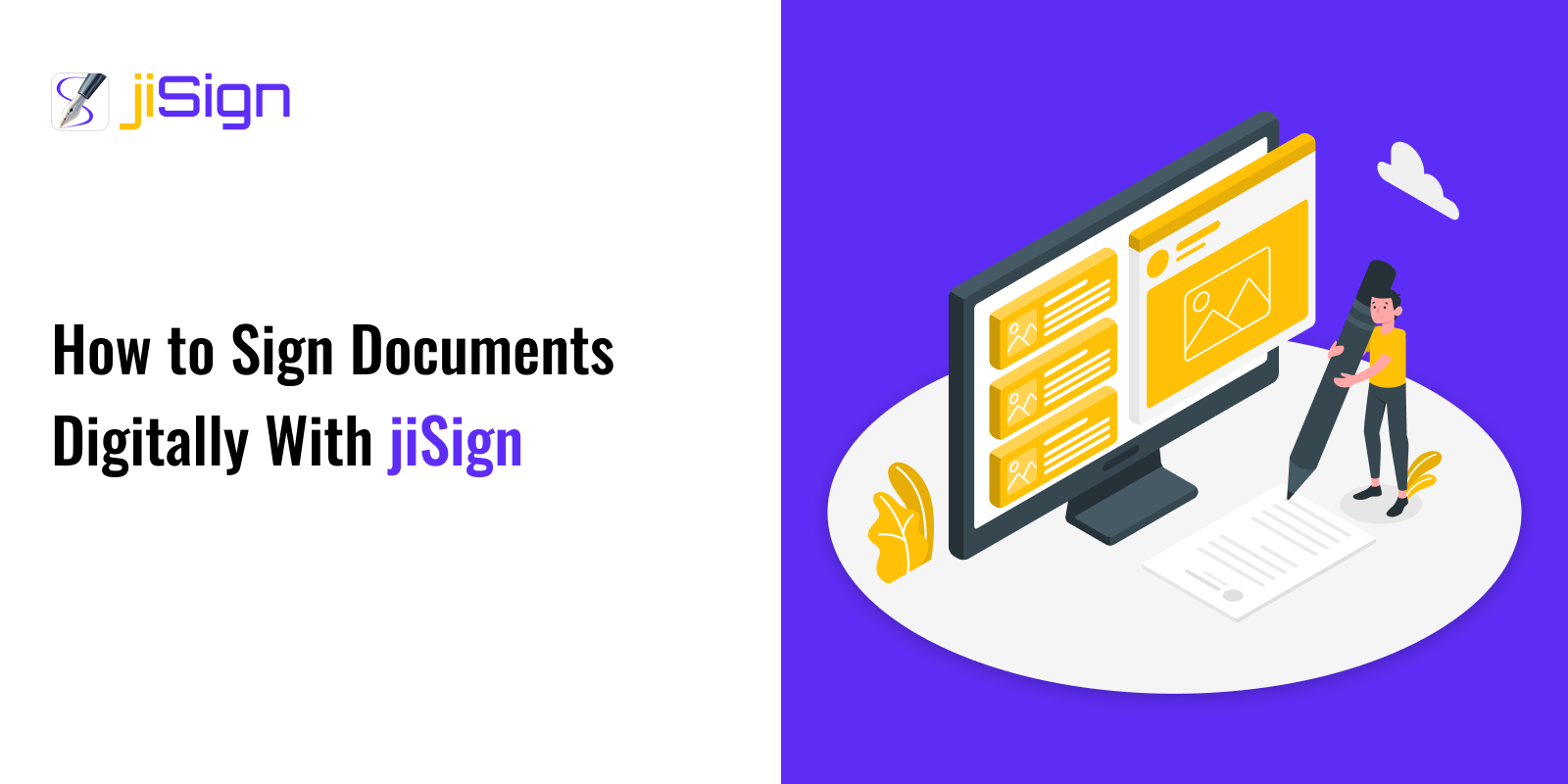In today's digital age, signing documents electronically has become an increasingly popular practice. Not only is it more convenient than traditional paper-based methods, but it also offers several benefits,including reduced clutter, faster processing times, and increased security. One of the most popular tools for digitally signing documents is jiSign, a robust and user-friendly platform that provides a secure and efficient way to e-sign documents.
What is Digital Document Signing?
Digital document signing, also known as electronic signature(e-signature), is the process of electronically affixing a person's name, date, and other identifying information to a digital document.This method of signing documents has become widely accepted in various industries, including business, finance, healthcare, and education.
Benefits of Digital Document Signing
There are several benefits to using digital document signing:
Convenience:
Digital document signing allows users to sign documents from anywhere with an internet connection, making it easy to stay connected on the go.
Speed:
Document signing is fast and efficient, with users able to sign multiple documents in a single session.
Security:
Digital document signing provides an additional layer of security compared to traditional paper-based methods, as electronic signatures are more difficult to forge or alter.
Environmentally Friendly:
Reducing the need for physical paper documents can help minimize waste and contribute to a more sustainable environment.
In addition to the benefits of digital document signing, there are also several industries that have adopted e-signature as a standard practice:
Business:
Many businesses use e-signatures to sign contracts, agreements, and other business documents.
Finance:
The finance industry has widely adopted e-signatures for loan applications, account openings, and other financial transactions.
Healthcare:
E-signatures are used in healthcare to sign patient consent forms, medical records, and other health-related documents.
How to Sign Documents Digitally with jiSign
Signing documents digitally with jiSign is a straight forward process that can be completed in just a few steps. Here's a step-by-step guide:
Create an Account:
To get started, you'll need to create an account on the jiSign website. This will require providing some basic information, such as your name and email address.
Download the App:
Once you've created your account, you can download the jiSign app from the App Store or Google Play.
Access Your Account:
Launch the app and access your account by entering your email address and password.
Choose a Document:
Select the document you want to sign from your device's file system or upload it directly from an online storage service like Dropbox or Google Drive.
Add Signatures:
Add signatures to the document by clicking on the "Sign" button. You can also add other types of electronic signatures, such as initials or stickers.
Send for Signature:
Once you've signed the document, click the "Send for Signature" button to send it to others for signature.
Track Signatures:
Track the status of your document by logging into your account and viewing the "Signed Documents" section.
Tips for Using jiSign
Here are some tips for getting the most out of jiSign:
Use Strong Passwords:
Use strong passwords to protect your account from unauthorized access.
Keep Your Device Up-to-Date:
Keep your device up-to-date with the latest operating system and security patches to ensure that you have the latest security features.
Choose a Secure Connection:
Choose a secure connection when signing documents, such as using a VPN or a trusted public Wi-Fi network.
Also read: Why Your Business Needs a Digital Signature Solution in Today's Digital Age
Best Practices for Digital Document Signing
Here are some best practices for digital document signing:
Use a Secure Device:
Use a secure device to sign documents, such as a laptop or desktop computer with a strong operating system and security patches.
Use Two-Factor Authentication:
Use two-factor authentication to add an extra layer of security when signing documents.
Store Signed Documents Safely:
Store signed documents safely, either by uploading them to a secure online storage service or printing and storing them in a locked cabinet.
The Future of Digital Document Signing
As technology continues to advance, digital document signing is likely to become even more prevalent. With the rise of artificial intelligence (AI) and machine learning (ML), e-signature platforms like jiSign are expected to improve their security features, user experience, and integration with other business applications.
Digital document signing offers numerous benefits,including convenience, speed, security, and environmental sustainability. By using a platform like jiSign, individuals and businesses can securely and efficiently sign documents from anywhere with an internet connection. As technology continues to advance, it is likely that e-signature will become even more widespread in various industries.
Common Misconceptions About Digital Document Signing
There are several misconceptions about digital document signing:
Security:
Many people believe that electronic signatures are not secure and can be easily forged or altered.
Legitimacy:
Some individuals may think that e-signatures are not as valid or legitimate as traditional paper-based signatures.
Complexity:
Digital document signing is often seen as complex and difficult to use, but with platforms like jiSign, it has never been easier.
Conclusion
Signing documents digitally with jiSign is a convenient and secure way to e-sign documents. With its advanced security features,user-friendly interface, and fast processing times, jiSign is an ideal solution for anyone looking to digitize their document signing process. By following the steps outlined in this guide and taking advantage of the benefits and tips provided, you can use jiSign to securely and efficiently sign documents from anywhere with an internet connection.











Share this post on: